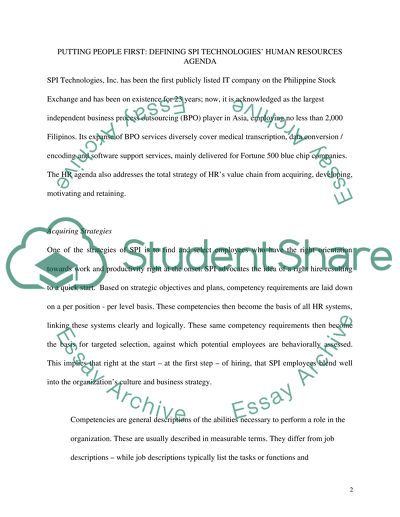Cite this document
(SPI Technologies' Strategic Issues and Leadership Competencies Case Study, n.d.)
SPI Technologies' Strategic Issues and Leadership Competencies Case Study. Retrieved from https://studentshare.org/human-resources/1535778-human-resources-management-and-organisational-dynamics
SPI Technologies' Strategic Issues and Leadership Competencies Case Study. Retrieved from https://studentshare.org/human-resources/1535778-human-resources-management-and-organisational-dynamics
(SPI Technologies' Strategic Issues and Leadership Competencies Case Study)
SPI Technologies' Strategic Issues and Leadership Competencies Case Study. https://studentshare.org/human-resources/1535778-human-resources-management-and-organisational-dynamics.
SPI Technologies' Strategic Issues and Leadership Competencies Case Study. https://studentshare.org/human-resources/1535778-human-resources-management-and-organisational-dynamics.
“SPI Technologies' Strategic Issues and Leadership Competencies Case Study”. https://studentshare.org/human-resources/1535778-human-resources-management-and-organisational-dynamics.


